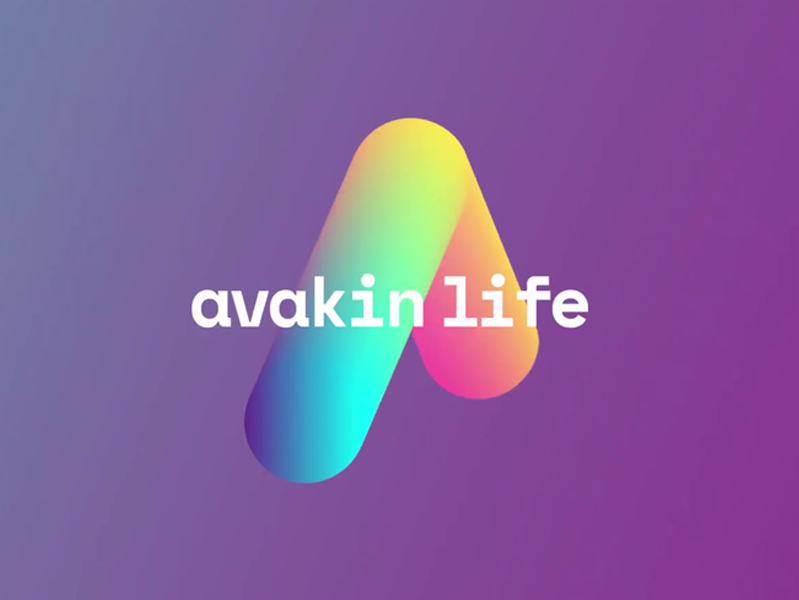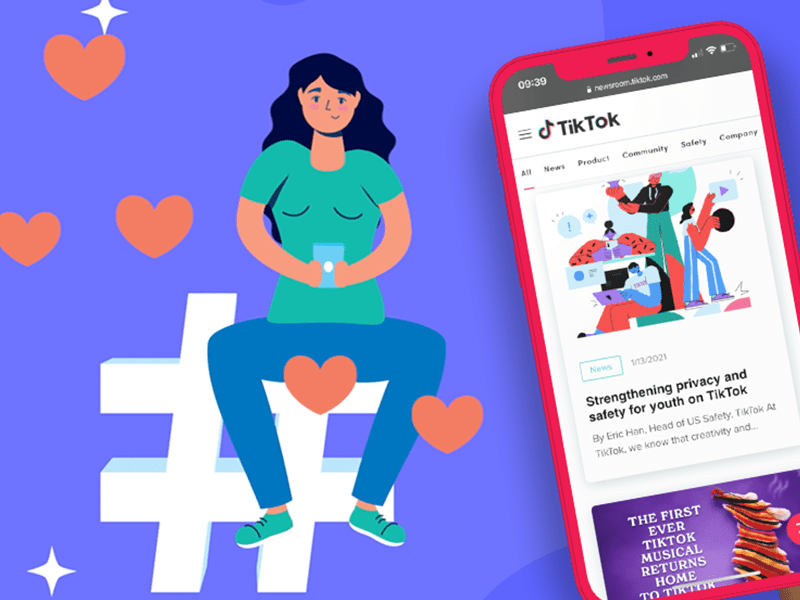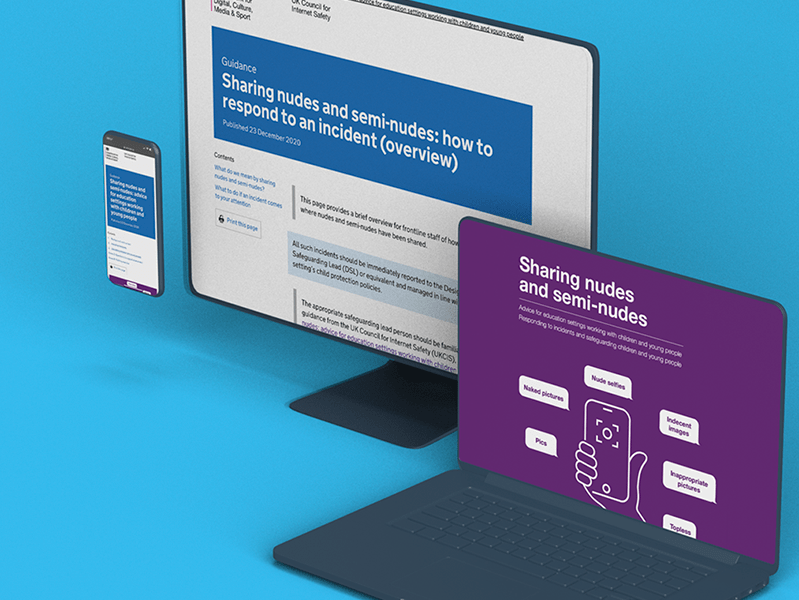Last Updated on 9th December 2021
What is this alert about?
This safeguarding blog contains a TikTok alert for your immediate attention.
We have been alerted to reports of the tragic death of a 10-year-old girl in Italy. It has been reported that she died after taking part in the so-called ‘blackout’ or ‘choke challenge’ on the video-sharing platform TikTok.
We’re going to look at:
- What we know so far
- What our experts have found
- Provide you with practical tips and resources to support you
TikTok ‘Choke Challenge’ – what we know so far
The ‘choke challenge’ is not new, nor has it actually gone viral (yet), so pause, it’s really important to stay calm. Make sure you read this blog to the end to understand what has happened and what you can do to help the children in your care.
What have our experts found?
So, what advice can you give a child if they come across something scary or disturbing online? Tell them to:
Stop – what they’re doing and turn off their screen or shut down their device
Breathe – pause and stay calm
Think – try not to focus on what they saw in great detail, and remind themselves that there is no immediate danger to them and that they are safe
Talk – they should find a trusted adult to talk to about what they’ve seen and how they feel
Our Advice
It’s unlikely that the children in your care will have seen this content. Therefore, our advice is to sensitively check in with them. Do this by having an open conversation but do not directly mention the challenge by name.
Suggest that you’ve heard there is some disturbing content being circulated in an online challenge and ask if they’ve heard of anything like that?
If during the conversation they talk to you about challenges it’s a good idea to visit our online safety centre to understand how to configure safety settings on the platforms they use.
This is the best way to open an indirect conversation that enables the child to talk to you about any concerns without inciting them or their friends to seek out the actual content.
Ensure that children and young people in your care know who they can talk to if they come across something that upsets or distresses them online.
Further Support and Resources
Join our Safeguarding Hub Newsletter Network
Members of our network receive weekly updates on the trends, risks and threats to children and young people online.












